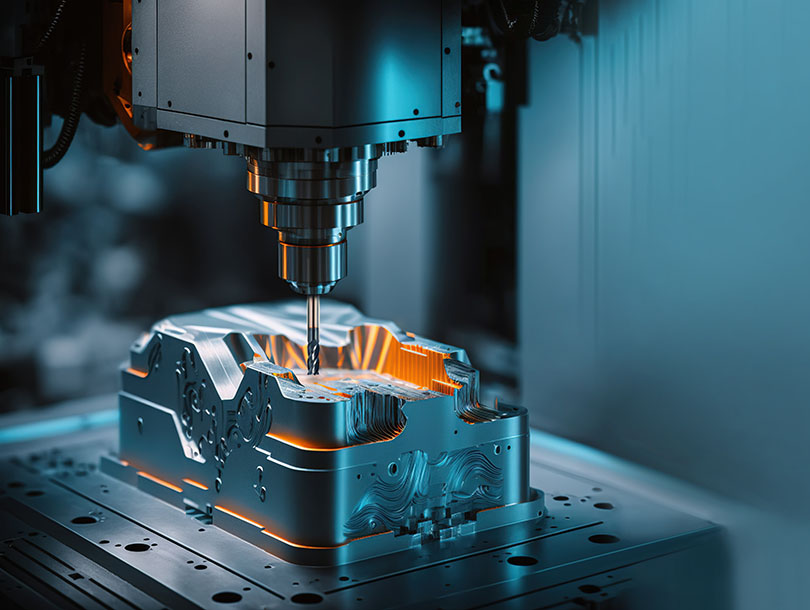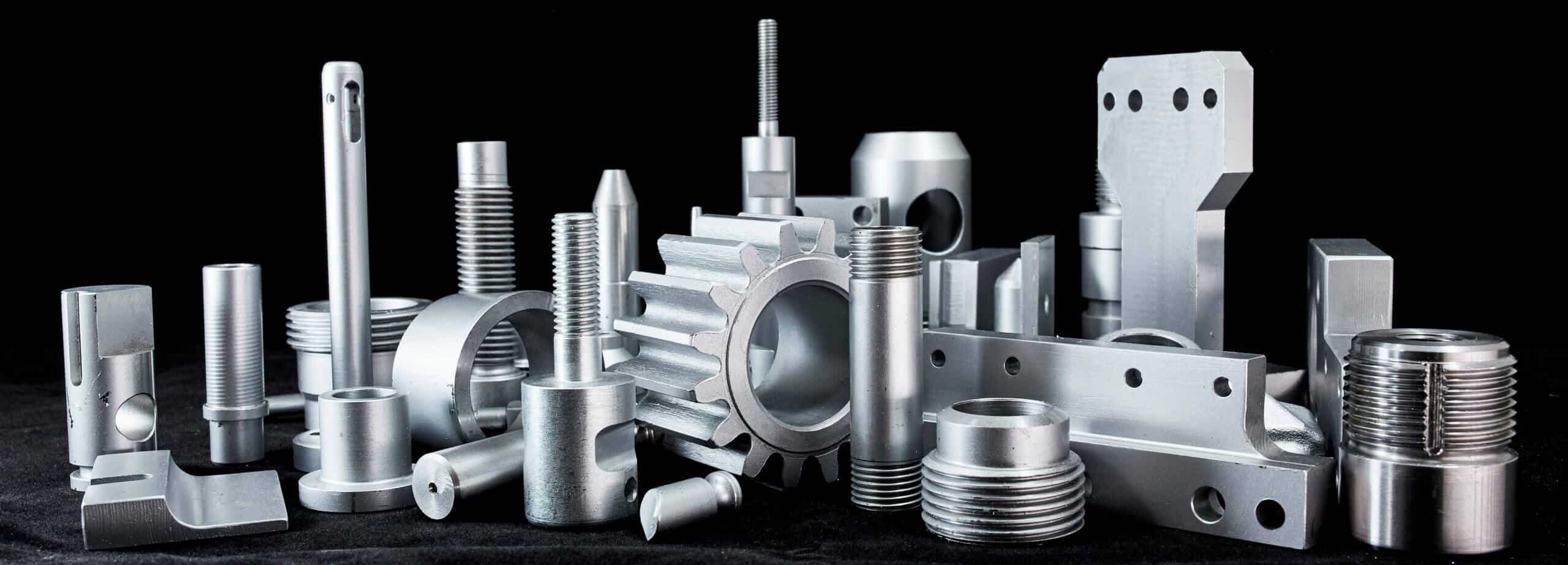Fasteners and Machining: Crucial Components for Accuracy Manufacturing
Navigating the Globe of Fasteners and Machining: Approaches for Precision and Rate
In the complex realm of bolts and machining, the quest for accuracy and speed is a perpetual challenge that demands precise focus to information and calculated preparation. From recognizing the varied array of bolt kinds to picking optimum materials that can endure extensive needs, each step in the procedure plays an essential role in accomplishing the preferred end result. Accuracy machining methods further boost the intricacy of this craft, needing a fragile equilibrium in between technological know-how and ingenious techniques. As we look into the techniques that can improve both speed and efficiency in this domain, the interaction in between high quality control measures and operational excellence emerges as a critical prime focus.
Understanding Fastener Types
When choosing fasteners for a project, understanding the various kinds readily available is vital for making sure optimum performance and integrity. Fasteners are available in a wide variety of kinds, each created for details applications and demands. Screws are used with nuts to hold materials together, while screws are flexible fasteners that can be utilized with or without a nut, depending on the application. Nuts, on the other hand, are inside threaded fasteners that friend with screws or screws, providing a safe hold. Washers are vital for distributing the load of the fastener and stopping damages to the material being attached. In addition, rivets are irreversible fasteners that are optimal for applications where disassembly is not needed. Recognizing the differences in between these fastener kinds is crucial for selecting the right one for the job, guaranteeing that the link is solid, long lasting, and reliable. By picking the proper fastener kind, you can maximize the efficiency and longevity of your project - Fasteners and Machining.
Choosing the Right Products
Comprehending the relevance of picking the appropriate products is vital in guaranteeing the optimal efficiency and integrity of the picked bolt types discussed formerly. When it comes to fasteners and machining applications, the material option plays an important role in identifying the general toughness, toughness, rust resistance, and compatibility with the designated setting. Various products use differing properties that can dramatically impact the efficiency of the bolts.
Usual products used for fasteners include steel, stainless-steel, aluminum, brass, and titanium, each having its unique staminas and weak points. Steel is renowned for its high strength and toughness, making it suitable for a large range of applications. Stainless steel supplies exceptional rust resistance, ideal for atmospheres prone to moisture and chemicals. Aluminum is corrosion-resistant and lightweight, making it ideal for applications where weight reduction is crucial. Brass is typically selected for its aesthetic allure and excellent conductivity. Titanium is recognized for its phenomenal strength-to-weight proportion, making it perfect for high-performance applications. Picking the best product involves considering elements such as toughness requirements, ecological conditions, and budget restraints to guarantee the desired performance and long life of the visit homepage bolts.
Precision Machining Techniques

Along with CNC machining, various other accuracy strategies like grinding, turning, milling, and boring play vital functions in bolt manufacturing. Grinding aids attain fine surface area finishes and limited dimensional tolerances, while transforming is commonly utilized to produce cylindrical components with exact diameters. Milling and drilling operations are important for forming and producing openings in fasteners, guaranteeing they satisfy specific specs and function appropriately.
Enhancing Rate and Effectiveness
To maximize fastener production processes, it is important to streamline procedures and implement efficient techniques that match accuracy machining strategies. One essential strategy for improving speed and performance is the execution of lean production concepts. By lowering waste and concentrating on continual renovation, lean techniques aid enhance and remove traffic jams operations. Furthermore, purchasing automation innovations can dramatically enhance production speed. Automated systems can take care of repeated tasks with accuracy and speed, enabling employees to focus on even more facility and value-added tasks. Embracing Just-In-Time (JIT) inventory administration can also improve performance by ensuring that the best products are readily available at the correct time, decreasing excess supply and lowering lead times. Fostering a culture of collaboration and interaction among group members can enhance total effectiveness by promoting transparency, analytic, and innovation. By incorporating these techniques, manufacturers can attain an equilibrium in between rate and accuracy, eventually improving their one-upmanship in the fastener sector.
Quality Assurance Actions
Executing rigorous top quality control procedures is important in guaranteeing the reliability and uniformity of fastener items in the see here manufacturing procedure. Fasteners and Machining. Quality control procedures encompass numerous stages, beginning from the choice of raw products to the final inspection of the ended up fasteners. This entails evaluating factors such as material composition, stamina, and resilience to ensure that the bolts meet market criteria.
Routine calibration of tools and equipment is critical to maintain consistency in manufacturing and make sure that fasteners satisfy the required resistances. Implementing stringent protocols for recognizing and dealing with my website non-conformities or issues is vital in preventing substandard products from going into the market. By establishing a thorough quality control framework, makers can copyright the credibility of their brand name and supply bolts that meet the highest standards of performance and sturdiness.
Final Thought

In the elaborate world of fasteners and machining, the mission for precision and speed is a perpetual challenge that demands meticulous focus to information and calculated preparation. When it comes to fasteners and machining applications, the product choice plays a crucial duty in determining the overall strength, toughness, rust resistance, and compatibility with the designated environment. Precision machining entails different sophisticated methods that ensure the limited tolerances and requirements needed for fasteners.In addition to CNC machining, various other precision techniques like grinding, transforming, milling, and boring play important roles in bolt production.To optimize bolt production processes, it is necessary to streamline procedures and execute efficient approaches that match accuracy machining strategies.